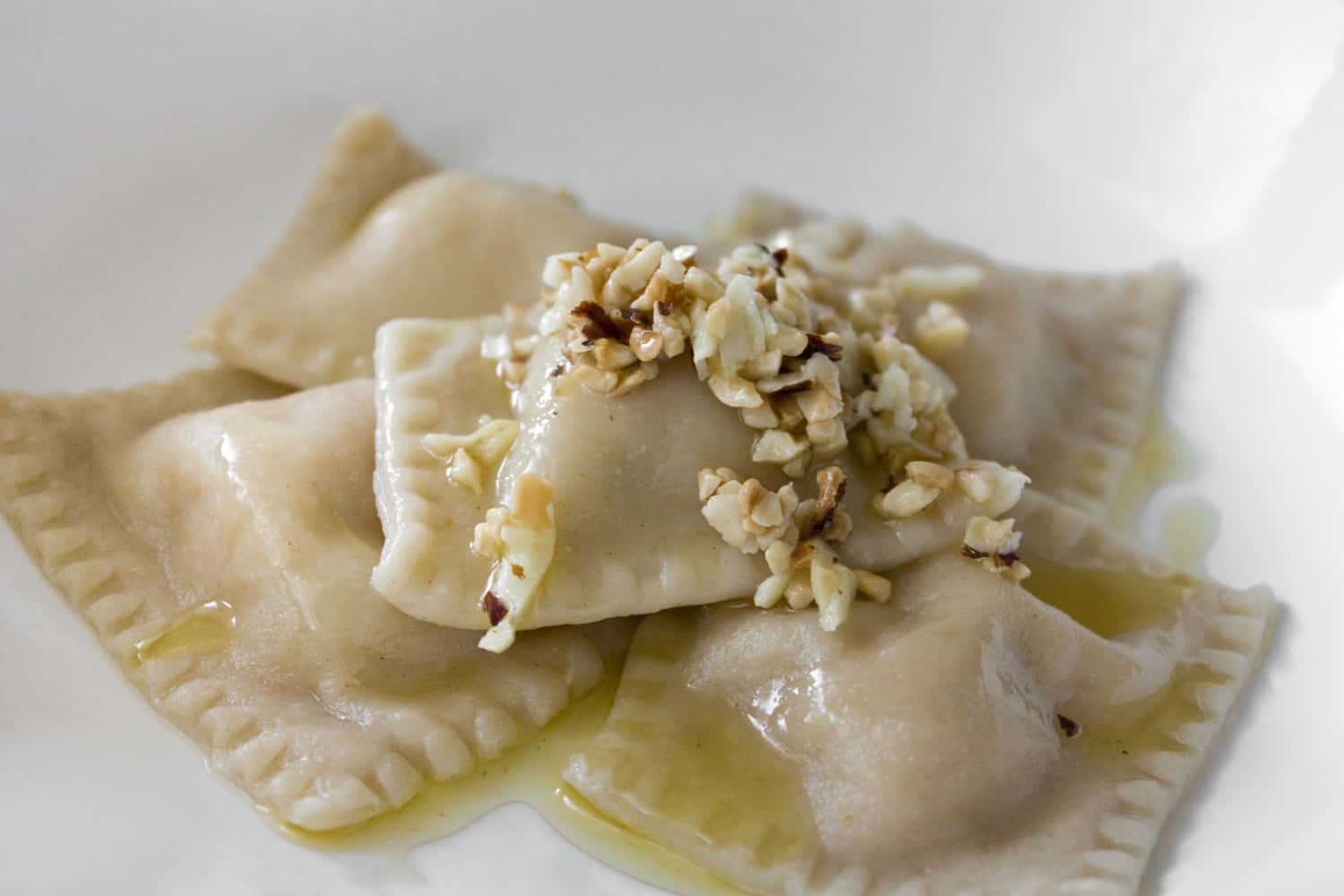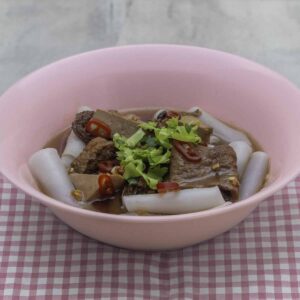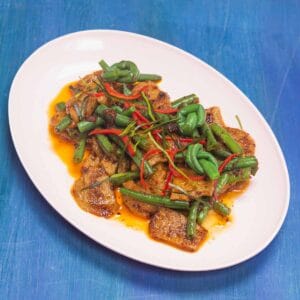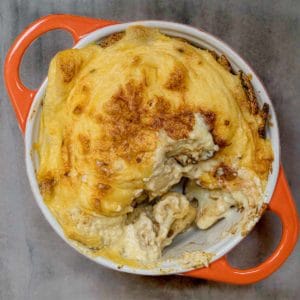I'm an autumn moper. There, I said it. This is the time of year where I have to face the fact that it's getting too dark too quickly. It's the time of year where I have to come to terms with the fact that my feet will be frozen for the next six or seven months. But then I suddenly look up and face a mindboggling array of various squash and pumpkin -esque shapes, and remind myself that there are some positives about this time of year, too.
Pumpkin, or "punkin" as my mother so adorably calls it, is a delicious vegetable which is overshadowed by pre-processing and all too often goes to waste. As an American I only ever knew pumpkin to be one of two things: something edible out of a can or something carved for Halloween. How tragic is that? My recollection of pumpkin was either from a factory or a vision of perfectly good food gone to waste (!!!), so I've been making an effort over the past couple of years to, you know, actually cook with the real live vegetable. Since it's food and all.
Recipe Notes
If you've never cooked with pumpkin before, this is it. Seriously, this is it. It's one of the most delicious things I've had in a long while, and I'm so happy there were enough left to freeze for one or two more meals.
Don't listen to anyone who tried to tell you that making your own pumpkin purée is difficult or "not worth it." Dude, really, all you do is cut the thing into a few wedges and stick it in the oven. You don't even need to purée it properly for this recipe (a light mashing will do). Anyone who tells you this process is hard is either a canned pumpkin lobbyist or a terrorist, clearly.
I suspect not many people make their own soymilk and tofu, and I've never really seen it marketed widely in food retail, so I know okara seems an inconvenient ingredient. If you can't get ahold of it, don't worry. I use okara because it's coming out my ears and because I like the slightly grainy texture (reminiscent of store-bought ricotta), but you should be able to use a crumbled extra firm tofu with no problem.
I used a small amount of vegan mozzarella cheese in this recipe, but if you don't have that on hand then feel free to use a basic cheddar substitute or simply omit the ingredient altogether. The ravioli will survive and you'll still enjoy your dinner.
The sauce, if you could call it that, I used was a simple hazelnut and garlic mix in vegan butter and extra virgin olive oil. You could also try lightly frying some whole sage leaves in garlic and oil/non-dairy butter also. I would advise against a sauce which is too heavy with flavour because the flavour of the ravioli is so good on its own. Try not to top it with anything too overpowering.
Vegan Pumpkin and Okara Ravioli
- Directions/Method
- To make your pumpkin puree, get the oven going at 200 C (400 F). Slice a small to medium sized pumpkin in half and remove the seeds. Cut each half in half again. Halve the halfs again if your pumpkin is, like, 8 feet wide. Stick on a tray and roast for half an hour or so, or until the flesh is soft. Remove and allow to cool before peeling the skin away from the flesh with a spoon (it will come away very easily).
- To prepare your pasta dough mix the flour and salt in a large bowl. Add the olive oil and mix in the flour until there are no large chunks of flour-oil mass left. Add the water slowly, mixing with the flour until you achieve a smooth dough. You're better off with a drier dough than a floppy lump of of moisture, so take it easy with the water flow. You can use either a dough mixer or your hands, whichever you prefer. Ensure the ingredients are evenly mixed and set the dough aside in a covered bowl for at least 15 minutes, or while you prepare the ravioli stuffing.
- Throw all the other ingredients in a bowl with the pumpkin and mash it up. Tricky, I know.
- If you're using a pasta maker, follow the instructions as per its instruction manual (yes, I sometimes read them). If you haven't yet invested in a pasta maker, what's wrong with you? Sike. Get out the rolling pin and get busy. Break the dough into 4 or 5 chunks and roll each out to approx 1-2mm in thickness. To do this, you'll have to keep a bowl of flour on hand to continually dust both your surface and the sheet of pasta with which you're currently working.
- To make the actual ravioli, place a line of about ½ tablespoon filling about an inch from the edge along one rectangular sheet of dough, leaving 1.5-2 inches between each. Brush around the edges with water and fold the other half over the top. Press and seal around the edges. Using a pastry cutter, cut around the edges to make individual raviolis.
- Collect any remaining dough, roll out and follow the steps again. Repeat until no dough is left.
- Cook the pasta for just a few minutes in boiling water. Don't overcook!
- If this is a pain in your arse, stuff some shells instead. Or go buy a pasta maker, or one of those clever ravioli gadgets or something.
Pumpkin, or "punkin" as my mother so adorably calls it, is a delicious vegetable which is overshadowed by pre-processing and all too often goes to waste. As an American I only ever knew pumpkin to be one of two things: something edible out of a can or something carved for Halloween. How tragic is that? My recollection of pumpkin was either from a factory or a vision of perfectly good food gone to waste (!!!), so I've been making an effort over the past couple of years to, you know, actually cook with the real live vegetable. Since it's food and all.
<h2>Recipe Notes</h2>
If you've never cooked with pumpkin before, this is it. Seriously, <em>this is it</em>. It's one of the most delicious things I've had in a long while, and I'm so happy there were enough left to freeze for one or two more meals.
Don't listen to anyone who tried to tell you that making your own pumpkin purée is difficult or "not worth it." Dude, really, all you do is cut the thing into a few wedges and stick it in the oven. You don't even need to purée it properly for this recipe (a light mashing will do). Anyone who tells you this process is hard is either a canned pumpkin lobbyist or a terrorist, clearly.
I suspect not many people make their own soymilk and tofu, and I've never really seen it marketed widely in food retail, so I know okara seems an inconvenient ingredient. If you can't get ahold of it, don't worry. I use okara because it's coming out my ears and because I like the slightly grainy texture (reminiscent of store-bought ricotta), but you should be able to use an extra firm tofu with no problem.
I used a small amount of vegan mozzarella cheese in this recipe, but if you don't have that on hand then feel free to use a basic cheddar substitute or simply omit the ingredient altogether. The ravioli will survive and you'll still enjoy your dinner.
The sauce, if you could call it that, I used was a simple hazelnut and garlic mix in vegan butter and extra virgin olive oil. You could also try lightly frying some whole sage leaves in garlic and oil/butter also. I would advise against a sauce which is too heavy with flavour because the flavour of the ravioli is so good on its own. Try not to top it with anything too overpowering.
<div id="recipe-container">
<h2 class="recipe-title">Vegan Pumpkin and Okara Ravioli</h2>
<div id="servings">Makes 50-55 Raviolis</div>
<ul id="navlist">
<li><span id="ingredients">Ingredients</span>
<ul id="subnavlist">
<li>3 cups (375g) pasta flour</li>
<li>1 teaspoon salt</li>
<li>3 tablespoon extra virgin olive oil</li>
<li>Up to 1 cup (240ml) of water</li>
<li>350g (approx 1.5 cups) pumpkin puree (steamed or roasted)</li>
<li>100g (1 cup) okara</li>
<li>10g (¼ cup) nutritional yeast</li>
<li>35-40g (¼ cup) vegan mozzarella</li>
<li>2-3 tablespoon freshly chopped sage</li>
<li>2-3 cloves minced garlic</li>
<li>2 tablespoon lemon juice (approx half of a lemon)</li>
<li>1 tablespoon tomato paste</li>
<li>½ teaspoon tahini</li>
<li>½ teaspoon salt</li>
</ul>
</li>
</ul>
<ul id="instructions">
<li><span id="method">Directions/Method</span>
<ol>
<li>To make your pumpkin puree, get the oven going at 200 C (400 F). Slice a small to medium sized pumpkin in half and remove the seeds. Cut each half in half again. Halve the halfs again if your pumpkin is, like, 8 feet wide. Stick on a tray and roast for half an hour or so, or until the flesh is soft. Remove and allow to cool before peeling the skin away from the flesh with a spoon (it will come away very easily).</li>
<li>To prepare your pasta dough mix the flour and salt in a large bowl. Add the olive oil and mix in the flour until there are no large chunks of flour-oil mass left. Add the water slowly, mixing with the flour until you achieve a smooth dough. You're better off with a drier dough than a floppy lump of of moisture, so take it easy with the water flow. You can use either a dough mixer or your hands, whichever you prefer. Ensure the ingredients are evenly mixed and set the dough aside in a covered bowl for at least 15 minutes, or while you prepare the ravioli stuffing.</li>
<li>Throw all the other ingredients in a bowl with the pumpkin and mash it up. Tricky, I know.</li>
<li>If you're using a pasta maker, follow the instructions as per its instruction manual (yes, I sometimes read them). If you haven't yet invested in a pasta maker, what's wrong with you? Sike. Get out the rolling pin and get busy. Break the dough into 4 or 5 chunks and roll each out to approx 1-2mm in thickness. To do this, you'll have to keep a bowl of flour on hand to continually dust both your surface and the sheet of pasta with which you're currently working.</li>
<li>To make the actual ravioli, place a line of about ½ tablespoon filling about an inch from the edge along one rectangular sheet of dough, leaving 1.5-2 inches between each. Brush around the edges with water and fold the other half over the top. Press and seal around the edges. Using a pastry cutter, cut around the edges to make individual raviolis.</li>
<li>Collect any remaining dough, roll out and follow the steps again. Repeat until no dough is left.</li>
<li>Cook the pasta for just a few minutes in boiling water. Don't overcook!</li>
<li>If this is a pain in your arse, stuff some shells instead. Or go buy a pasta maker, or one of those clever ravioli gadgets or something.</li>
</ol>
</li>
</ul>
</div>
[miniflickr tags="pumpkin-and-okara-ravioli"]






tokyovegan says
Hi, these sound yummy, too! I assume by pasta flour, you mean semolina flour. Generally, I use only whole wheat flour (assuming that it is healthier than semolina). Will that do?
By the way, I cannot purchase vegan mozzarella here in Japan. Is there any way to make it myself?
Thanks,
William
Kip says
I've used a few different types of flour for pasta making and have never had many issues... I think you basically just want something which is very fine. I think the pasta flour I use is the same as semolina flour.
I made this a second time without the mozzarella and it was fine. In fact I used http://www.vegetariantimes.com/recipes/10952, but without the pepper, to fill. I wasn't too keen on how that recipe turned out (but I only made it once) but it was fantastic in the ravioli!
MeShell says
I plan to make these! Wow. they look fantastic.
MeShell says
I plan to make these! Wow. they look fantastic.
Nat says
I found your site because I'm new to making soy milk and googled wtf to do with all this okara. Lots of useful stuff here, so thanks!
I have a general question about okara that applies to this recipe. Since I am making my soy milk from soybeans that have been soaked and sprouted but not cooked, do I need to cook the okara before using it in recipes such as this one?
Kip says
Hi Nat,
Yes, all of the recipes here are designed for cooked okara...
Tori Wells says
I made this and strongly recommend to leave out the tomato paste or whatever ingredient that gives this ravioli a tangy taste. It took away from the pumpkin.
Kip says
Hi Tori,
Thanks for making the recipe. I love acidity and that's why I added lemon juice and tomato paste to this recipe, but your comment about it taking away from the pumpkin is noted. Cheers!
Emilia Krause says
Hi! What a good idea, I've been craving ravioli recently and have leftover okara, this is just the thing. What kind of pumpkin should I use? I don't have Halloween-type pumpkins where I live right now, or kabocha. I might be able to find butternut, but I'll more likely find what we call calabaza de Castilla. Thanks in advance! The rest of your okara recipes also look fantastic.
Kip says
I'm so sorry I didn't see your comment earlier! I think you can use what you can find so long as it has a fair level of sweetness to it. That's my preference though.
I reserve the right to improve malicious and trollish comments.